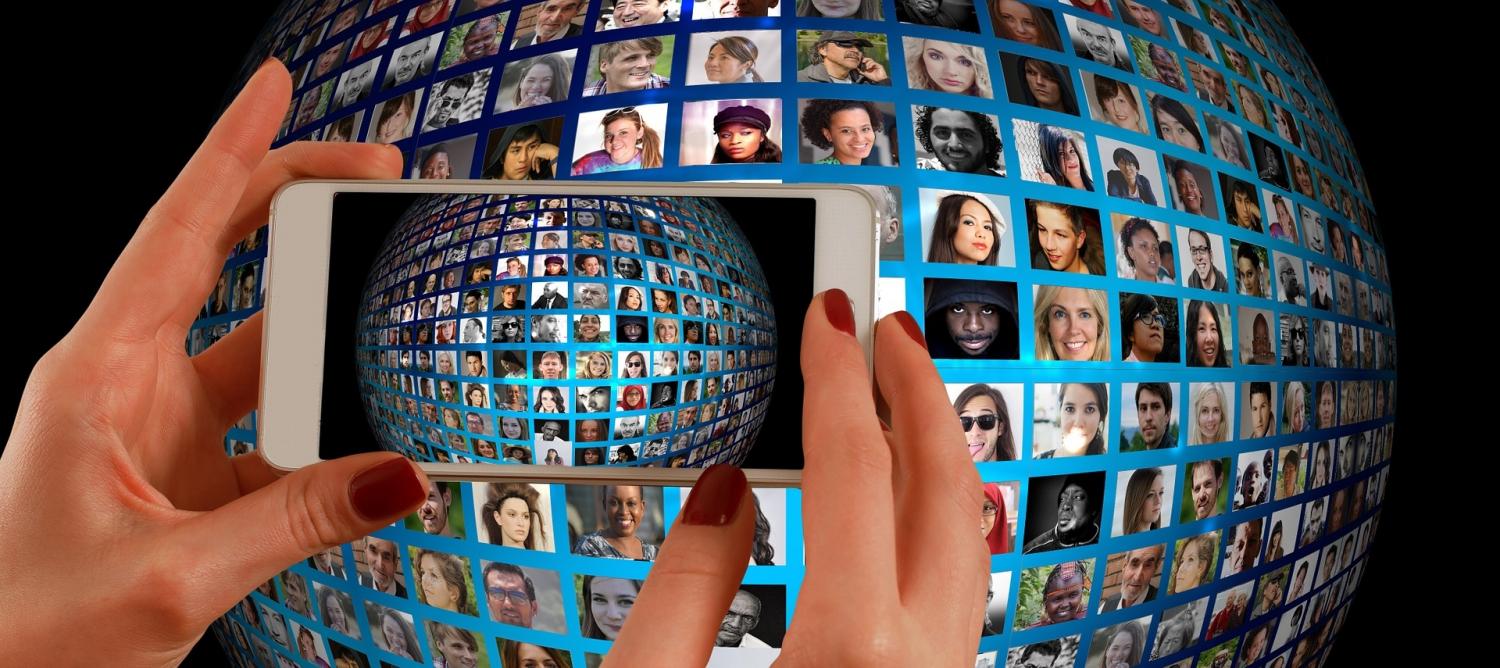
Better Health Together – How Technology is Transforming Health Care
The digital revolution has hit the health-care system. Thanks to federal investments in digital health through Canada Health Infoway (Infoway) and every province and territory, Canadians are benefitting from billions of dollars in health system efficiencies and improved patient experiences.
Investments in innovation have led to the use of electronic medical records (EMRs), digital versions of patient files, as well as electronic lab results, diagnostic images, remote patient monitoring, and drug information systems to name a few. These systems consistently deliver value that is measured not only in dollars and cents, but in improved patient safety.
In 2012, Infoway engaged over 500 Canadians, clinicians, government representatives, health-care administrators, national associations, and vendors to help determine which priorities could most benefit from digital health. This result was five opportunities: bring care closer to home, provide easier access, support new ways to care for patients, improve patient safety and enable the health system to perform better.
Central to these five opportunities for action is the patient. Whether promoting wellness or managing chronic illness, patients are an integral member of their own care team. Digital health is helping more and more Canadians take more active roles in their health, wellness, and the management of their chronic illnesses. In fact, empowering Canadians with digital tools to access their medical history, or to help track their own information such as weight, exercise and diet, not only results in a more ngaged patient, it’s what they have said they want.
A recent Harris/Decima study reveals that 89 per cent of Canadians feel it is important that they personally have full advantage of digital health tools and capabilities.
Many Canadians already are. Like Cathy, for instance, who had health problems requiring consultations with many different health organizations. Communication lapses happened when medical information did not get transferred or was transferred only partially. Now she uses a mobile health tool to archive test results and information on medicines, dosages and prescriptions. With the tool, she can also store information about her health-care providers and synchronize medical appointments with her electronic calendar, which sends her reminders. These technologies let her keep on top of her health needs and provide some control.
Judith, who battled cancer for five years, wouldn’t go back to paper. “Digital health records have been able to empower me and keep my family in the loop effectively from the first day that I found out I had cancer,” she says. “I went through complicated treatments and surgeries. It was, from the perspective of my family, a life saver—a tool that they could use on the spot, twenty-four seven.” At home, after procedures, her family was aware of what had happened and could easily look up next steps, making them better prepared.
For Judith, another benefit is knowing that if anything medical happens to her, she has this security blanket of information. She tested the system while traveling, so she knows its value. Several years after her diagnosis, she was flying to Baja to see whales and go kayaking. En route she suffered extreme abdominal pain—so severe the plane was diverted.
Surgeons in Mexico first assumed the cancer had returned and wanted to operate immediately. “I was more and more flustered,” Judith says. “I felt they were getting off track.” Because of her digital records she was able to provide reliable information to those surgeons—avoiding surgery.
Cheryl, who has a young daughter with special needs, has also experienced the value of digital health. “When I see a new clinic with my daughter I have to repeat her medical history from prenatal on—many, many times in the same appointment. “She describes it as tiring and draining. She says, “When all the information is right there in front of you, on something which is digitally enhanced, then that frees up my time.”
It has had an immense positive effect on her family. At a moment’s notice she can email her daughter’s doctor— who isn’t affiliated with her daughter’s rehabilitation clinic, “…and get pretty prompt answers from him.”
There are other applications, such as online risk assessment for heart attacks, timely access to necessary information by emergency staff, and digital monitoring of chronic conditions like diabetes which require management.
Equipping both clinicians and patients with the information they need enhances care and results. The health system wins, patient safety is improved, and patients are more engaged.









